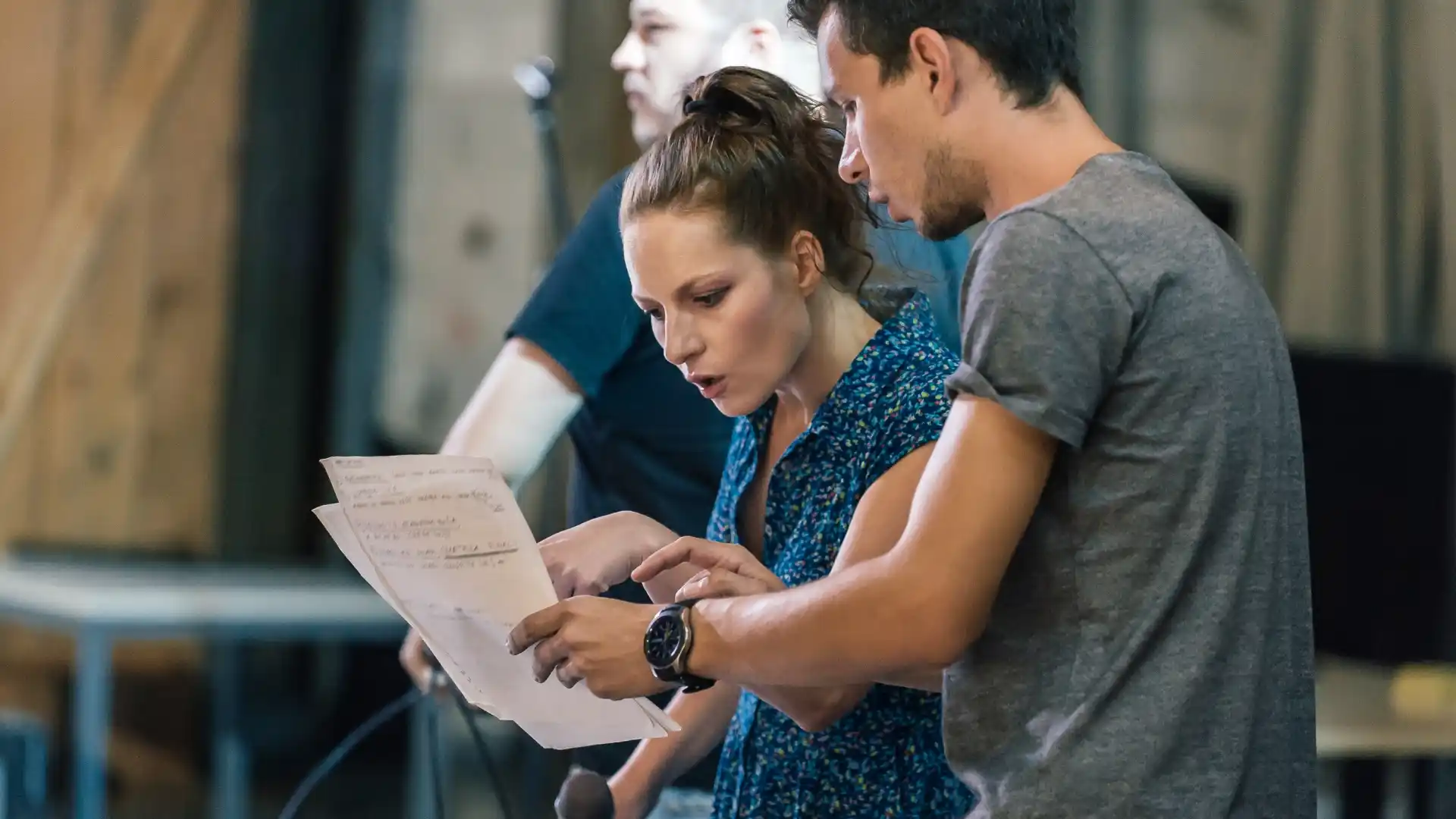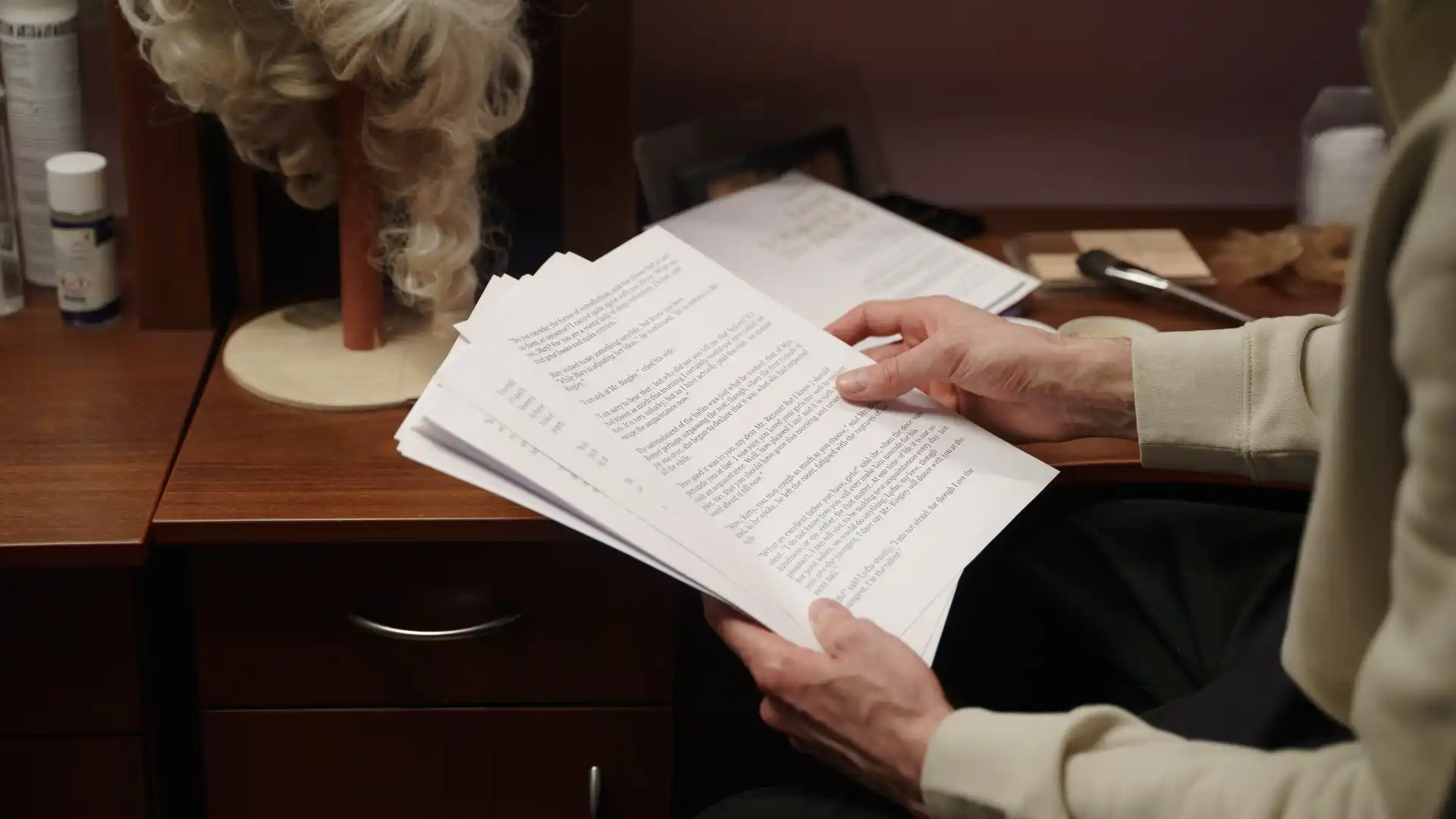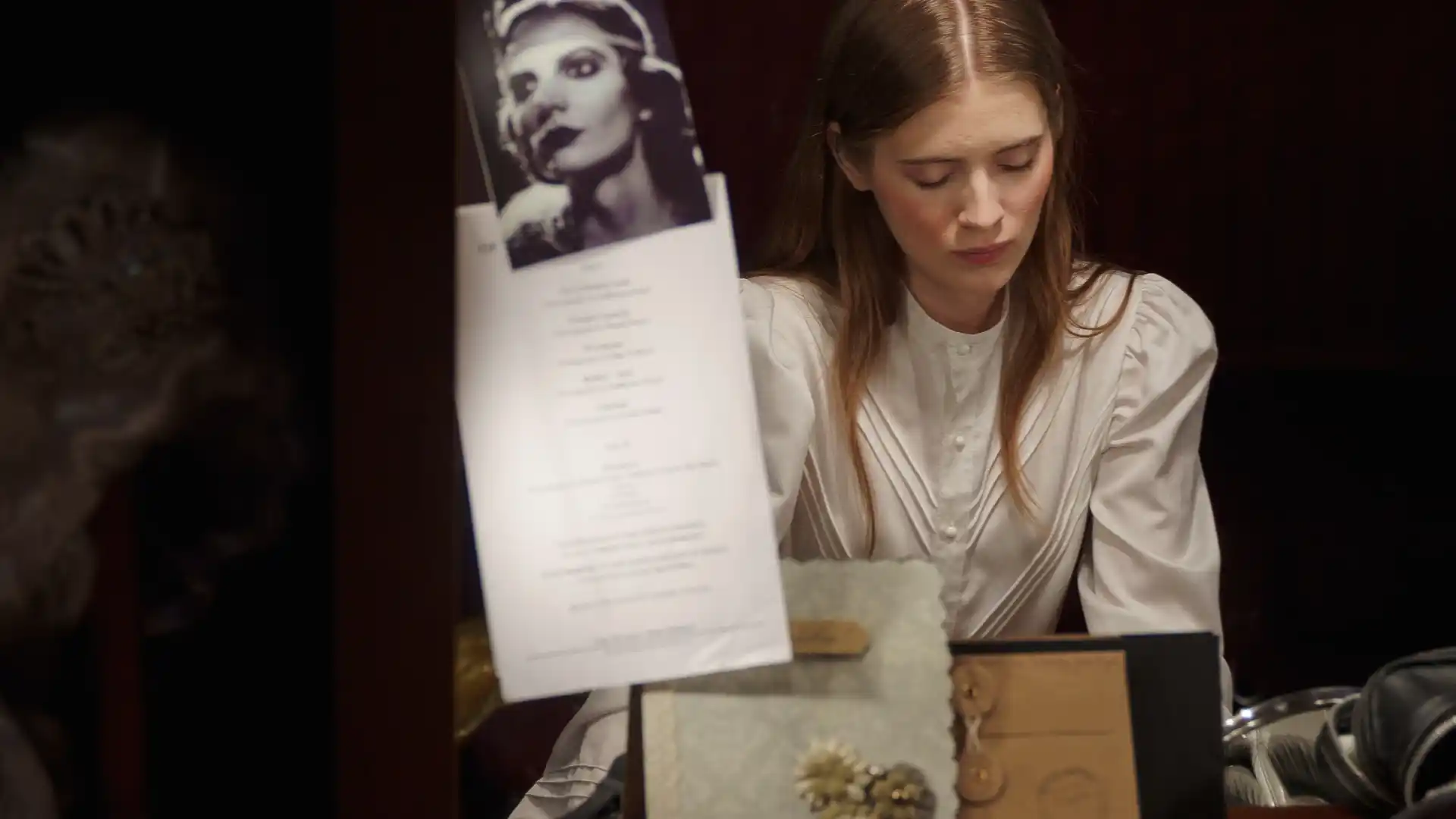Start with a Strong Summary Statement
The summary statement is the first section of your resume that potential employers will read. It should be a concise and powerful paragraph that highlights your unique qualifications and experiences as an artistic director. Use this section to showcase your expertise, leadership abilities, and any notable achievements you have accomplished in your career. For example:
“Results-oriented artistic director with 10+ years of experience in leading successful productions and managing artistic teams. Proven track record of delivering high-quality performances and driving audience engagement. Skilled in conceptualizing and executing creative visions, fostering collaboration, and building strong relationships with artists and stakeholders.”
Highlight Your Relevant Experience
The experience section of your resume is where you can demonstrate your past accomplishments and showcase your ability to lead and manage artistic projects. Include details about your previous roles, the organizations you have worked with, and the specific productions you have been involved in. Be sure to emphasize any notable achievements, such as successful collaborations, awards, or positive reviews. Here’s an example of how you can present your experience:
Artistic Director | XYZ Theater Company | New York, NY | 2015-2020
- Led a team of 20+ artists and designers in the production of 10 critically acclaimed plays, resulting in a 30% increase in ticket sales.
- Developed and implemented innovative marketing strategies that increased audience engagement and diversified the theater’s demographic.
- Collaborated with renowned playwrights and directors to bring new and thought-provoking works to the stage, receiving rave reviews from both critics and audiences.
Showcase Your Skills and Expertise
As an artistic director, you possess a unique set of skills that are essential to the success of any artistic endeavor. Include a dedicated skills section in your resume to highlight your specific areas of expertise. Some skills you may want to consider including are:
- Creative vision and storytelling
- Team leadership and management
- Casting and talent selection
- Budgeting and resource allocation
- Collaboration and communication
- Risk assessment and problem-solving
- Knowledge of current industry trends and best practices
Education and Training
While formal education is not always a requirement for becoming an artistic director, including relevant educational experiences can strengthen your resume. List any degrees, certifications, or training programs that are directly related to the performing arts and artistic direction. For example:
Bachelor of Fine Arts in Theater Arts | NYU Tisch School of the Arts | New York, NY | 2011-2015
– Specialized in directing and playwriting, honing skills in script analysis, stage management, and production design.
Tailor Your Resume to the Job Description
When applying for a specific artistic director position, it’s crucial to tailor your resume to the job description. Carefully read through the job posting and identify the key skills and qualifications they are seeking. Then, incorporate those keywords and phrases into your resume, ensuring that your application aligns with their requirements.
Example: If the job description emphasizes the need for experience in musical theater, make sure to highlight any relevant experience you have in that area.
Include a Portfolio or Work Samples
In addition to your resume, consider creating a portfolio or including work samples that showcase your past artistic projects. This could include production photos, videos, playbills, or reviews of performances you have directed. Providing tangible evidence of your previous work can help employers visualize your artistic style and capabilities.
Key Takeaways
- Creating an impressive artistic director resume is essential for standing out in the competitive performing arts industry.
- Start your resume with a strong summary statement that highlights your qualifications, expertise, and notable achievements.
- Highlight your relevant experience, emphasizing successful collaborations, awards, and positive reviews.
- Showcase your skills and expertise, including creative vision, team leadership, casting, budgeting, and communication.
- List any relevant education, certifications, or training programs that enhance your artistic director resume.
- Tailor your resume to each job description by incorporating keywords and phrases that align with the specific requirements.
- Consider including a portfolio or work samples to provide tangible evidence of your artistic style and capabilities.
To further enhance your skills and knowledge in the entertainment industry, consider taking the “NYU Business of Entertainment” online course and certificate program offered by Yellowbrick. This program will provide you with valuable insights into the business side of entertainment, helping you navigate the industry with confidence and expertise.
Remember, a well-crafted artistic director resume can make a significant difference in your job search. Use the tips and examples provided in this article to create a compelling resume that showcases your unique artistic vision and leadership abilities. Good luck in your pursuit of a successful career as an artistic director!
“`








